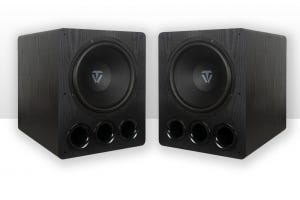Now that you have a camera in your phone, do you still use any other camera?
Do you remember when your mobile phone was just for talking to people on? For some this is still the case, but for so many it has also become their photography studio. Our phones have the ability to point and click, zoom, flash, and with the help of various apps, compile adjust and filter our snaps.
With these impressive evolutions, it is interesting to gauge how people are now taking their photos, and how they view them. Have you changed your photo habits? There are a couple of considerations that may play into how your photography continues into the future.
1. Are you planning to view your photos only on your phone or do you like to print them out? As the image quality improves in Smart Phones, prints are improving also. There is still a significant difference however between the prints from a phone and a point & shoot or DSLR camera. This is particularly noticeable if you like to print enlargements.
2. Convenience drives many of us when it comes to capturing a moment. Lugging around an extra device can be frustrating, especially if you have multiple lenses also. The practicality of having your camera built in has seen a decline in digital camera sales over the recent few years, as the market adopts convenience over image quality.
3. Social Media Applications are a hugely popular photographic medium. Photos can be shared online with the click of a button as soon as it is taken from your phone’s camera, rather than having to either download from your camera’s SD card, or printed on your home printer or through a print kiosk.
4. Do you like to zoom up close? Currently zooming in with your smart phone camera doesn’t provide a very good picture. It results in loss of image quality, and often blurring. This is where a traditional point and shoot or DSLR wins over the camera phone. To date, camera phones are designed to be thin, which doesn’t allow larger, extendable lenses that are typical in even the cheapest point and shoot. It is not possible to replicate the high standard available with the various array of interchangeable lenses that a DSLR camera produces.
Although there is an argument each way about which method or device is better, it really all depends on whether you value convenience over quality. Statistics are telling us that currently, more people are willing to accept reduced quality, for the convenience factor.
There is also a “watch this space” element about this issue, because without doubt the quality and capabilities of current smart phone cameras is sure to make huge improvements. We could even expect to see some of the traditional camera manufacturers link up with phone makers.






